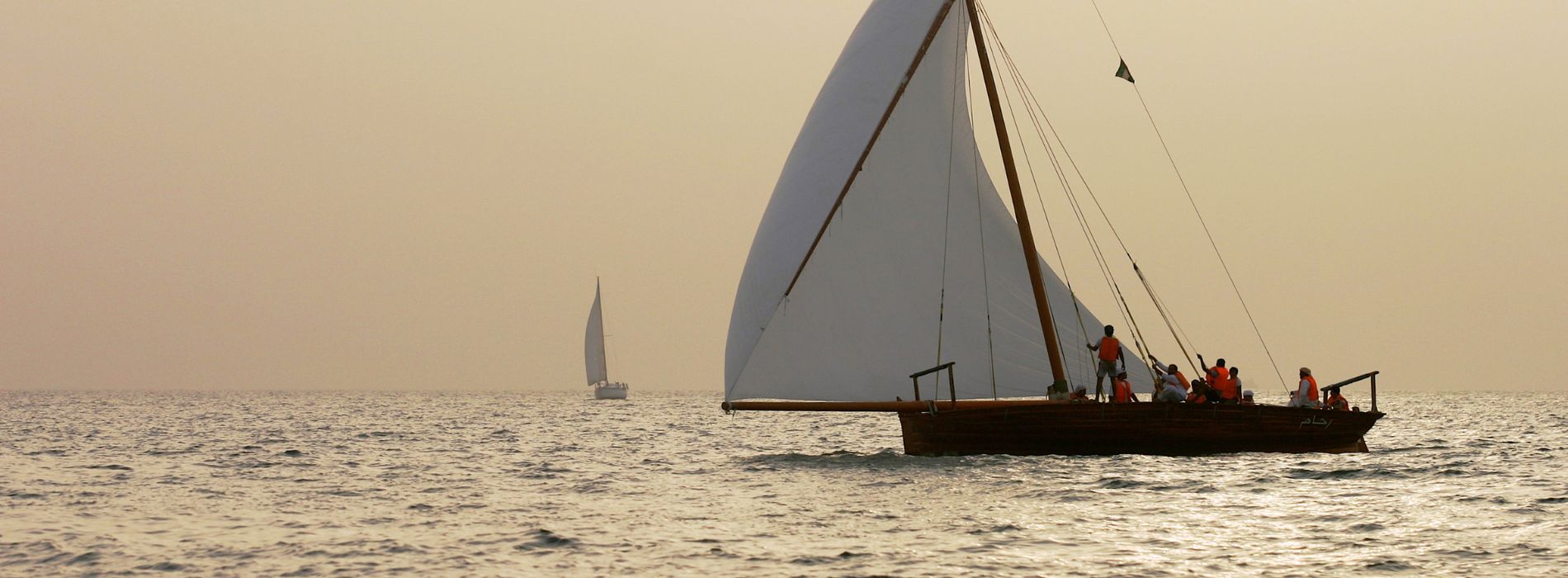When was the lateen sail invented?
When was the lateen sail invented?
Origins of the lateen sail
The lateen sail is an ancient type of sail with a triangular shape. It is believed to have originated in the Indian Ocean around the 2nd century AD. The early sailors of the Indian Ocean, such as the Arab traders, used this innovative sail design to navigate the vast open waters.
The lateen sail was particularly well-suited for sailing in the Mediterranean Sea due to its ability to harness the power of the wind from almost any direction. Its triangular shape allowed it to capture both the lateral and forward force of the wind, making it highly efficient.
The role of the Arab traders
The Arab traders played a significant role in spreading the knowledge of the lateen sail throughout the Mediterranean region. They used their advanced sailing techniques, including the use of the lateen sail, to establish trade routes that spanned across Africa, Europe, and Asia.
With their superior sailing capabilities, the Arab traders were able to sail against the wind, allowing them to explore new territories and establish lucrative trading networks. The lateen sail played a crucial role in their success, as it gave them a competitive advantage over other seafaring civilizations of the time.
The Arabs' mastery of the lateen sail eventually influenced other Mediterranean cultures, such as the Greeks and Romans, who adopted and further developed this innovative sail design.
Influence in medieval Europe
The lateen sail's influence reached its peak during the medieval period in Europe. The maritime nations of the Mediterranean, such as Venice, Genoa, and Catalonia, embraced the lateen sail and incorporated it into their own shipbuilding traditions.
Medieval European sailors recognized the advantages of the lateen sail, particularly in terms of maneuverability and windward ability. It allowed their ships to sail closer to the wind than ever before, enabling them to undertake longer voyages and explore new territories.
The lateen sail's impact can be seen in artworks of the time, depicting ships with distinct triangular sails. Its popularity continued to grow, and by the 15th century, it had become the sail of choice for European vessels.
The lateen sail in the Age of Exploration
During the Age of Exploration, the lateen sail played a pivotal role in the navigation of newly discovered oceans and the establishment of new trade routes between continents.
Explorers such as Christopher Columbus and Vasco da Gama relied on the lateen sail to conquer the vast distances of the Atlantic and Indian Oceans. Its efficiency and versatility made it indispensable for their voyages, allowing them to travel further and faster than previously possible.
Transoceanic voyages
The lateen sail enabled transoceanic voyages by providing the necessary speed and control to navigate through changing wind conditions. Explorers could tack against the wind with ease, while also taking advantage of favorable trade winds to propel their ships forward.
It was the lateen sail that helped Columbus reach the Americas, and da Gama to successfully round the Cape of Good Hope and reach India. These monumental achievements in maritime history would not have been possible without the incredible capabilities of the lateen sail.
The lateen sail remained in use throughout the Age of Exploration, contributing to the establishment of global trade networks and the interconnectedness of civilizations around the world.
Legacy of the lateen sail
Although the lateen sail is no longer commonly used as a primary sail type, its legacy lives on in the maritime traditions and cultures it has influenced over the centuries.
Today, the lateen sail symbolizes the spirit of adventure, exploration, and the timeless romance of the sea. Its distinctive shape and historical significance make it a popular motif in nautical jewelry, clothing, and home decorations.
For passionate sea lovers, the lateen sail represents a connection to the rich history of seafaring and the endless possibilities of the open ocean.
The beauty of nautical jewelry and decorations
Inspired by the allure of the sea, nautical jewelry and decorations capture the essence of maritime aesthetics. From intricately designed chain bracelets adorned with anchor pendants to delicate earrings featuring seashells, these pieces evoke a sense of adventure and love for the ocean.
Nautical decorations for the home bring the coastal charm indoors, with items such as ship wheel wall clocks, lighthouse figurines, and anchor-inspired furniture. These elegant accents create a maritime ambiance and allow sea lovers to showcase their passion for the ocean in their living spaces.
The significance of nautical symbols
Nautical symbols, such as anchors, compasses, and waves, hold deep meanings for passionate lovers of the sea. The anchor symbolizes stability, hope, and strength. The compass represents guidance and direction, while waves symbolize the ever-changing nature of life.
Wearing nautical jewelry or decorating the home with nautical-themed items allows sea lovers to express their affinity for the ocean and its various symbols. It is a way to carry a piece of the sea with them wherever they go and create a personal connection to the vast blue expanse.
As the lateen sail has influenced maritime history, nautical jewelry and decorations pay homage to the rich traditions of seafaring and continue to captivate the hearts of passionate sea lovers.
Embrace the timeless allure of the sea
The lateen sail, with its fascinating history and enduring legacy, continues to inspire and captivate those with a love for the sea. Its triangular shape, efficiency, and versatility make it a symbol of adventure, exploration, and the boundless possibilities that lie beyond the horizon.
By adorning oneself with nautical jewelry or embellishing the home with nautical decorations, sea lovers can immerse themselves in the spirit of the ocean and keep the maritime legacy alive. Let the beauty of the sea and its symbols enhance your style and surroundings, reminding you of the vastness and enchantment of the open waters.





















